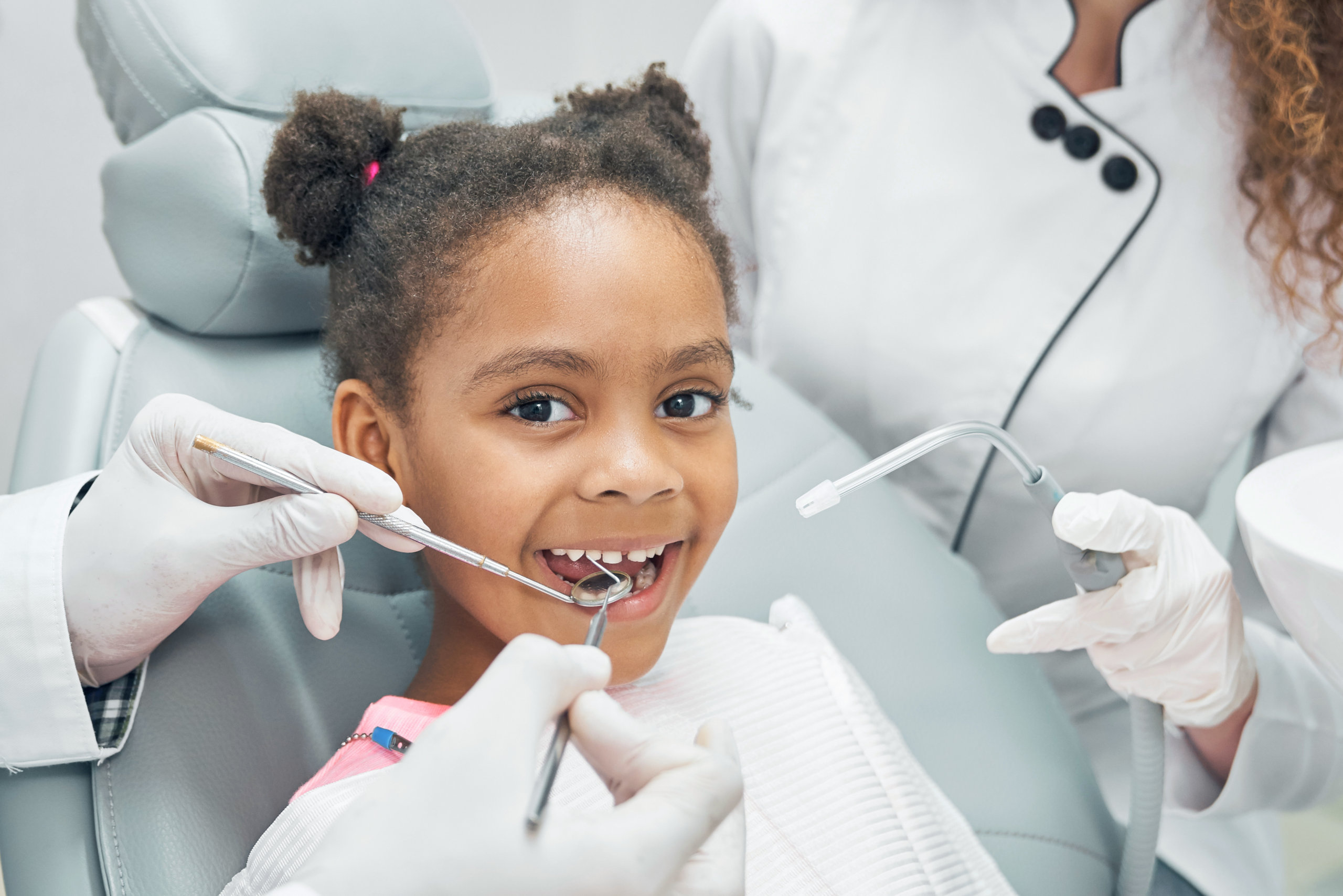Keeping Your Teeth Clean and White With Braces

When you have braces attached to your teeth by your friendly and affordable orthodontist in Melbourne, Dr. Natalia Valderrama at Valderrama Orthodontics, keeping your teeth clean and white becomes a whole new challenge. You’ve probably been brushing your teeth for years, but now you have all these brackets and wires in the way! Here are some tips on the “best practices” you should use to keep your teeth clean and looking great especially while you have braces.
Pay Attention When Brushing
You’re probably used to thinking about a million different things and letting your mind wander when brushing your teeth. But when you have braces, you have to retrain yourself to really focus on what you’re doing.
Take the time to focus on every single tooth when brushing, especially spots that are hard to reach. That’s where food is most likely to become trapped. Get used to spending about five minutes to brush your teeth, using a soft-bristled brush and fluoride toothpaste. Be sure to rinse with mouthwash as well, to reach places that you might have missed with the brush.
Pay Attention to the Angle of the Brush
Hold the toothbrush at about a 45-degree angle against the gums and be sure to brush the whole tooth. That means the front of the tooth, the back of each tooth, the chewing surface of each tooth and especially along the gumline. Be gentle as you do it, and remember to brush between the wire and the teeth as well.
Don’t Skip out on Brushing
It’s much easier for food to get trapped in your teeth when you have braces, so be sure to brush after every single meal. Food that gets stuck in your braces attracts the bacteria that will cause plaque and tooth decay. Don’t skip brushing!
Always Be Ready to Brush
We give to every patient a tooth-brushing oral hygiene kit that they can keep with them at all times. That way you’ll never be caught in a situation where you’re unable to brush your teeth after a meal. Keep also an extra small kit with a toothbrush and toothpaste (and even floss) in your backpack for school or in the glovebox of your car for work.
Use the Right Floss
Which floss is the correct one for people with braces? The one that works best for you. You might have to experiment with different types of floss to find the one that you are most comfortable with.
Standard floss is just fine for most people, but others like to use a floss threader. There are also all-in-one types of floss that work for cleaning different surface types. Find the one that works best for you and use it regularly.
Be Sure to Use Fluoride
Fluoride toothpaste and mouthwash should be your new best friends while you’re going through the process of braces. You need extra protection against cavities and tooth decay when you have braces attached to your teeth, so be sure to use ADA-approved fluoride products for cleaning your teeth every day.
Specialized Brushes
There are some spots on the teeth that you just might not be able to reach with a standard toothbrush. There’s a small, pointy cone-shaped brush called an “interproximal” brush, or sometimes called an “interdental” brush. These are great for those hard-to-reach spots where you might have more trouble cleaning the teeth. Ask Dr. Valderrama, our Valderrama Orthodontics offices for a sample of one of these at your next visit, or look for them at any drugstore.
Avoid Grinding Your Teeth
Be gentle with your teeth when you’re going through the process with braces! Don’t try to open packages with your teeth and don’t grind your teeth. If you are a habitual tooth-grinder in your sleep, let us know, because we have products available that can help.
Follow the Food Guidelines
Your orthodontist will provide you with important food guidelines when you’re wearing braces. Follow these rules diligently — and don’t worry, the rules are temporary. Avoid sticky or hard foods, and try to stay with softer foods that are less likely to cause problems with your braces. This will help a lot when it comes to keeping your teeth clean and white.
Call Your Melbourne Orthodontist for Braces
Taking good care of your teeth is important no matter what type of orthodontic treatment you are receiving. We provide everything from lingual braces to bride braces, engineer braces, and Invisalign teen at our Suntree, Viera, or Rockledge orthodontic practices in Melbourne. And yes, that includes braces! Contact any of our offices to schedule your next appointment if you think you or your child is a good candidate for braces.










Let's Get Social